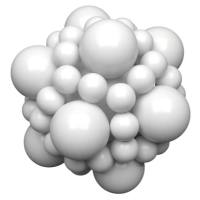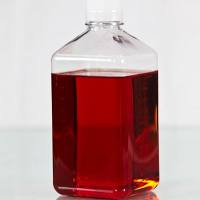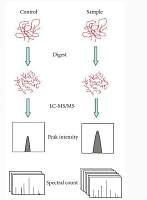Nanodroplet Chemical Microarrays and Label-Free Assays
互联网
747
The microarraying of chemicals or biomolecules on a glass surface allows for dense storage and miniaturized screening experiments and can be deployed in chemical-biology research or drug discovery. Microarraying allows the production of scores of replicate slides. Small molecule libraries are typically stored as 10 mM DMSO stock solutions, whereas libraries of biomolecules are typically stored in high percentages of glycerol. Thus, a method is required to print such libraries on microarrays, and then assay them against biological targets. By printing either small molecule libraries or biomolecule libraries in an aqueous solvent containing glycerol, each adherent nanodroplet remains fixed at a position on the microarray by surface tension without the use of wells, without evaporating, and without the need for chemically linking the compound to the surface. Importantly, glycerol is a high boiling point solvent that is fully miscible with DMSO and water and has the additional property of stabilizing various enzymes. The nanoliter volume of the droplet forms the reaction compartment once additional reagents are metered onto the microarray, either by aerosol spray deposition or by addressable acoustic dispensing. Incubation of the nanodroplet microarray in a high humidity environment controls the final water content of the reaction. This platform has been validated for fluorescent HTS assays of protease and kinases as well as for fluorogenic substrate profiling of proteases. Label-free HTS is also possible by running nanoliter HTS reactions on a MALDI target for mass spectrometry (MS) analysis without the need for desalting of the samples. A method is described for running nanoliter-scale multicomponent homogeneous reactions followed by label-free MALDI MS spectrometry analysis of the reactions.









